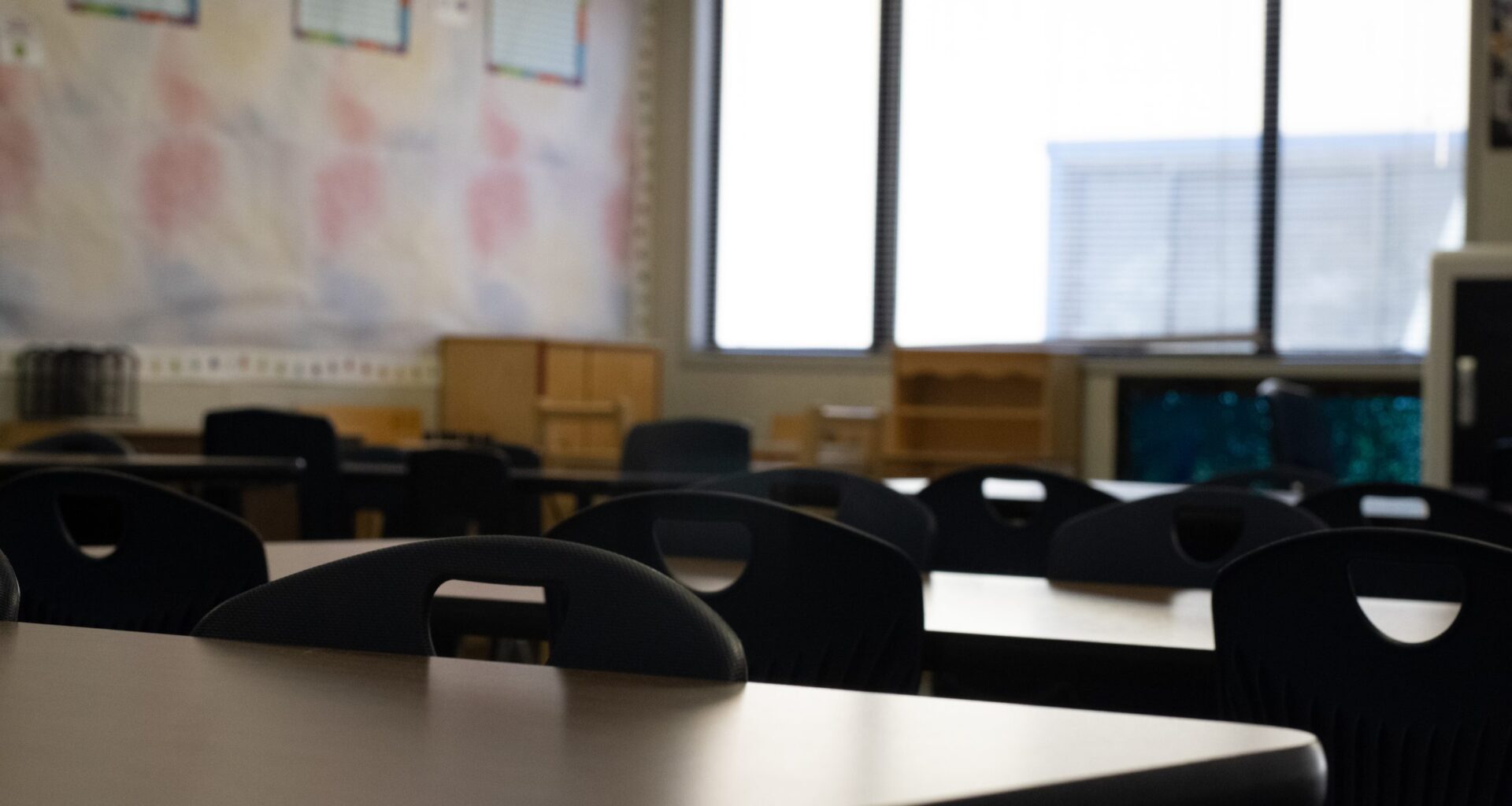What’s at stake?
Fresno Unified’s chronic absenteeism rate got slightly lower in 2025, but it’s still much higher than pre-pandemic levels — an issue seen inside public schools across the country. Chronic absenteeism refers to students who miss at least 10% of all school days in a year.
Chronic absenteeism at Fresno Unified dropped slightly, but remains almost double pre-pandemic levels, according to new state data.
In the 2024-25 school year, 29.4% of Fresno Unified students in kindergarten through eighth grade were chronically absent — meaning students missed at least 10% of all school days in a year. Out of the 50,568 students, 14,866 were identified as chronically absent, representing an improvement of 0.9% from the previous year.
Go Public Schools, a nonprofit education advocacy organization, says that while the steady decline in chronic absenteeism is encouraging, a long term solution is required to tackle the district’s absenteeism.
“Chronic absenteeism is still nearly double pre-pandemic levels and well above the state average,” said Lexi Crothers, director of advocacy and communications. “What’s promising is that the district is not treating this as a one-year issue.”
Recorded by the California Department of Education, the new data was published in the California School Dashboard, an online tool that measures the performance of K-12 schools — and students — across the state using several local and state indicators.
Back in 2019, Fresno Unified’s chronic absenteeism rate for students K-8 was 15.8%. The state stopped measuring the statistic in 2020 and 2021, as pandemic-era remote and hybrid learning models made the data unreliable. They restarted measuring the statistic in 2022, showing a sharp COVID-era rise in chronic absenteeism.
While Fresno Unified has struggled for many years — even before the pandemic — with some of the worst chronic absenteeism in the state, California’s third-largest school district is far from alone in getting kids to school consistently. Chronic absenteeism rates have reached record highs at K-12 public schools across the country since the pandemic, peaking in 2022. In California at the time average chronic absenteeism rate grew as high as 30%. In Fresno Unified, that number peaked above 50%.
This year, Fresno Unified’s chronic absenteeism nearly 30% rate remains close to double California’s 17.1% statewide average.
State education leaders have made it a goal to decrease COVID-era chronic absenteeism rates: they want to cut it in half by 2030. In August, State Superintendent of Public Instruction Tony Thurmond announced a guide to help districts meet the state’s goal.
Fresno Unified Chief Academic Officer Carlos Castillo said the district has implemented multiple interventions to tackle chronic absenteeism, including technology to help track student attendance.
One of those technologies is by EveryDay Labs, a company serving over 60 school districts across the country. The company collects and tracks student attendance data, sends messages to students and parents about chronic absences and truancy and creates attendance targets for students.
Moreover, Castillo said the district is carrying out monthly attendance training for site leaders while also coordinating attendance education with families for students in foster care or facing homelessness.
Graduation rates hit new heights at Fresno Unified
The California School Dashboard wasn’t all bad news for Fresno Unified.
For the first time since 2016, the district crossed the 90% mark in graduation rates — at 90.8% in 2025. Additionally, half of all 2025 high school graduates were reported as “prepared” for higher education or career training — another high for the district since the statewide school dashboard was created in 2017.
To Castillo, those metrics appear to be a good sign for Fresno Unified.
“We’re encouraged by increases in both the Graduation Rate and College and Career Indicator, and staff is now closely reviewing all data to determine next steps for supports, actions, and resources,” Castillo said. “These efforts align with our Student Outcomes Focused Governance Goals and Guardrails, which connect directly to the California School Dashboard.”
Castillo said the district identifies ninth grade as a pivotal year for identifying and improving student outcomes, with the use of data to support the improvement of “grading practices, student connectedness to school and academic achievement.”
Crothers also said that the sustained graduation rates, even during the pandemic, showed the resilience of students and parents during some of the most trying years in public education.
At the same time, Crothers explained that while graduation rates may be high, students can still leave public education without the proper foundational skills.
“The next big step is aligning graduation with genuine readiness,” Crothers said. “Our goal is not only for 90% of students to graduate, but for that same 90% to demonstrate proficiency in ELA and math and meet the milestones that open doors after high school.”
Related

